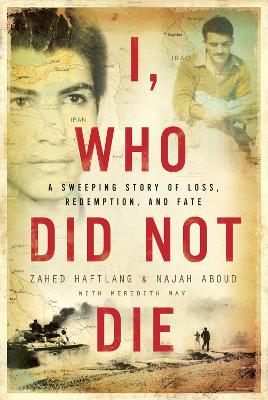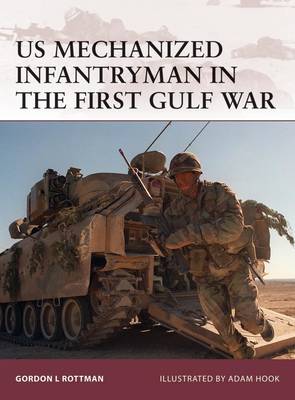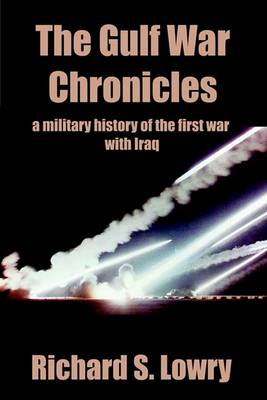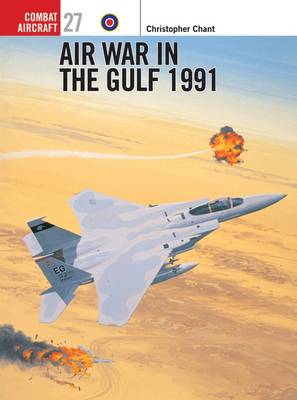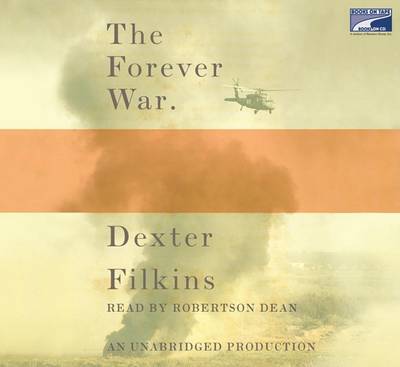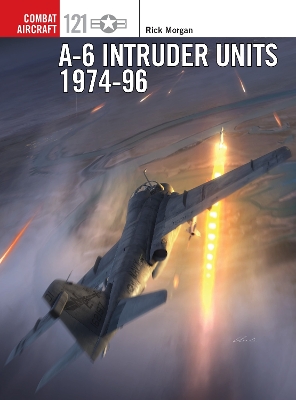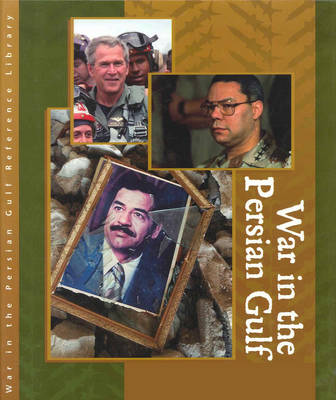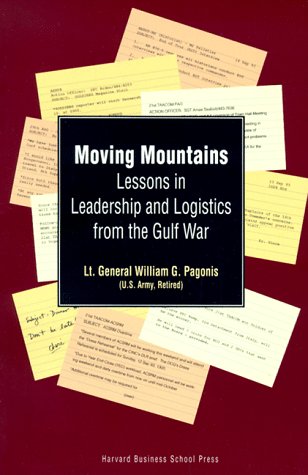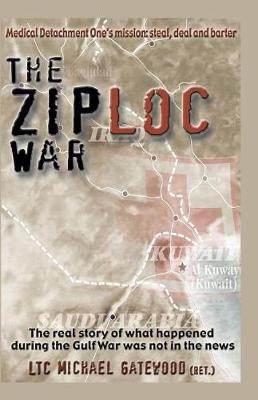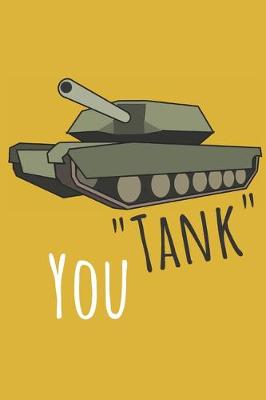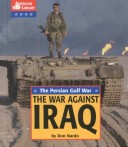The Gulf Conflict provides the most authoritative and comprehensive account to date of Iraq's occupation of Kuwait, its expulsion by a coalition of Western and Arab forces seven months later, and the aftermath of the war. Blending compelling narrative history with objective analysis, Lawrence Freedman and Efraim Karsh inquire into the fundamental issues underlying the dispute and probe the strategic calculations of all the participants.
Military cemeteries are one of the most prominent cultural landscapes of Israel. Their story reflects largely the main social processes that Israeli society has been undergoing since the War of Independence (1948)until today. Until the end of the 1970s, the military tombstones and their surroundings were uniform and equal, according to rules set by the State. However, since the 1980s families of the fallen soldiers started to add on the tombstone personal expressions, as well as personal objects...
Gulf War
by Patrick Allen, Frederick Stanwood, Richard Stanwood, and Bob Munroe
US Mechanized Infantryman in the First Gulf War (Warrior, #140)
by Gordon L. Rottman
In many ways the end of the Vietnam War left the US army a spent force. Plagued by low morale, drug and race issues, and terrible public relations, the army faced an uphill climb in the effort to rebuild itself. The story of this reconstruction is mirrored in the rise of the Mechanized Infantryman. Deciding that the key to future conflict lay in highly trained and mobile warriors that could be delivered quickly to battle, the army adopted the mechanized infantryman as its frontline troops. This...
Air War in the Gulf 1991 (Osprey Combat Aircraft, #27)
by David Donald
In August 1990 Saddam Hussein's Iraqi forces invaded and occupied the small Arab state of Kuwait. This book analyses the ensuing Gulf War (16 January - 28 February 1991) - a war fought to expel Iraq and restore Kuwaiti independence if not, as one British MP tartly observed, to defend democracy. The allies under General Schwarzkopf launched five weeks of air attacks, deploying 1,800 technologically highly advanced aircraft from the US. British, French and Saudi air forces. Many of these machines,...
In the three decades following Vietnam, the veteran A-6 Intruder remained the most powerful strike aircraft available to the US Navy and Marine Corps. Engaged in operations over Cambodia, Lebanon and Libya during the 1970s and 80s, the A-6 maintained its reputation as the 'Main Battery' of carrier aviation, remaining in service through the First Gulf War up until 1996 when its duties were taken over by the F-14 Tomcat. Following on from his study of the A-6 Intruder's exploits during the Vietnam...
This close examination of the deadly Iraqi F-1 Mirage attack on the USS Stark and its aftermath comes on the tenth anniversary of the incident. Written by two attorneys who are experts on the air strike, it is the first book to chronicle the events of May 17, 1987, when two Exocet missiles were fired at the U.S. Navy frigate on patrol in the Persian Gulf. The authors describe in vivid detail the crew's efforts to save the ship, the resulting investigation into the ship's combat readiness, and th...
"Business Week" described the Gulf War as "the largest military logistics operation in history", entailing an unprecedented deployment of troops and supplies halfway around the world. Here is a firsthand account of the supply effort that led to the dramatic Allied victory in the Gulf, written by the general who spearheaded the remarkable undertaking. General Pagonis recounts the Gulf War from the first fateful telephone call, to the mobilization of 550,000 troops and the shipment of 7,000,000 to...
First published in 2003. Routledge is an imprint of Taylor & Francis, an informa company.
As long as there have been wars, victors have written the prevailing histories of the world's conflicts. An army that loses - and especially one that is destroyed or disbanded - is often forgotten. Nevertheless, the experiences of defeated forces can provide important insights, lessons, and perspectives not always apparent to the winning side. In Wars of Modern Babylon, Pesach Malovany provides a comprehensive and detailed history of the Iraqi military from its formation in 1921 to its collapse...
"The Air Force and armor were the thunder of Desert Storm, " said Gen. Schwarzkopf, "while the 101st was the lightning." This is the story of the Screaming Eagles - the hell-bent, heliborne soldiers of the 101st who hurled the lightning bolts. The first one struck to begin the air war, a daring night raid which punched a hole in Iraq's radar fence for allied bombers to light up the sky over Baghdad on January 17, 1991. This white knuckle raid was recorded from beginning to end through the pilots...




